Samsung Galaxy A50 and Galaxy A30 Review
And this year, it has come back with a completely reimagined idea about its affordable phones: it has completely eradicated the J series and it has introduced the brand new A series.
We have two of these new A series on hand for a review: the Galaxy A50 and the Galaxy A30. While these two differ hugely in price, they share the same screen size, the same battery size, and the same interface, so we decided it would make more sense to review them in one place, mentioning the differences along the way.
In the box (A50 / A30):
- Phone
- 15-watt fast charger
- USB-C to standard USB cable
- Wired (3.5mm) headphones
- *Silicone case (only for A30)
- SIM tool
- User manuals
Design
Stylish through and out
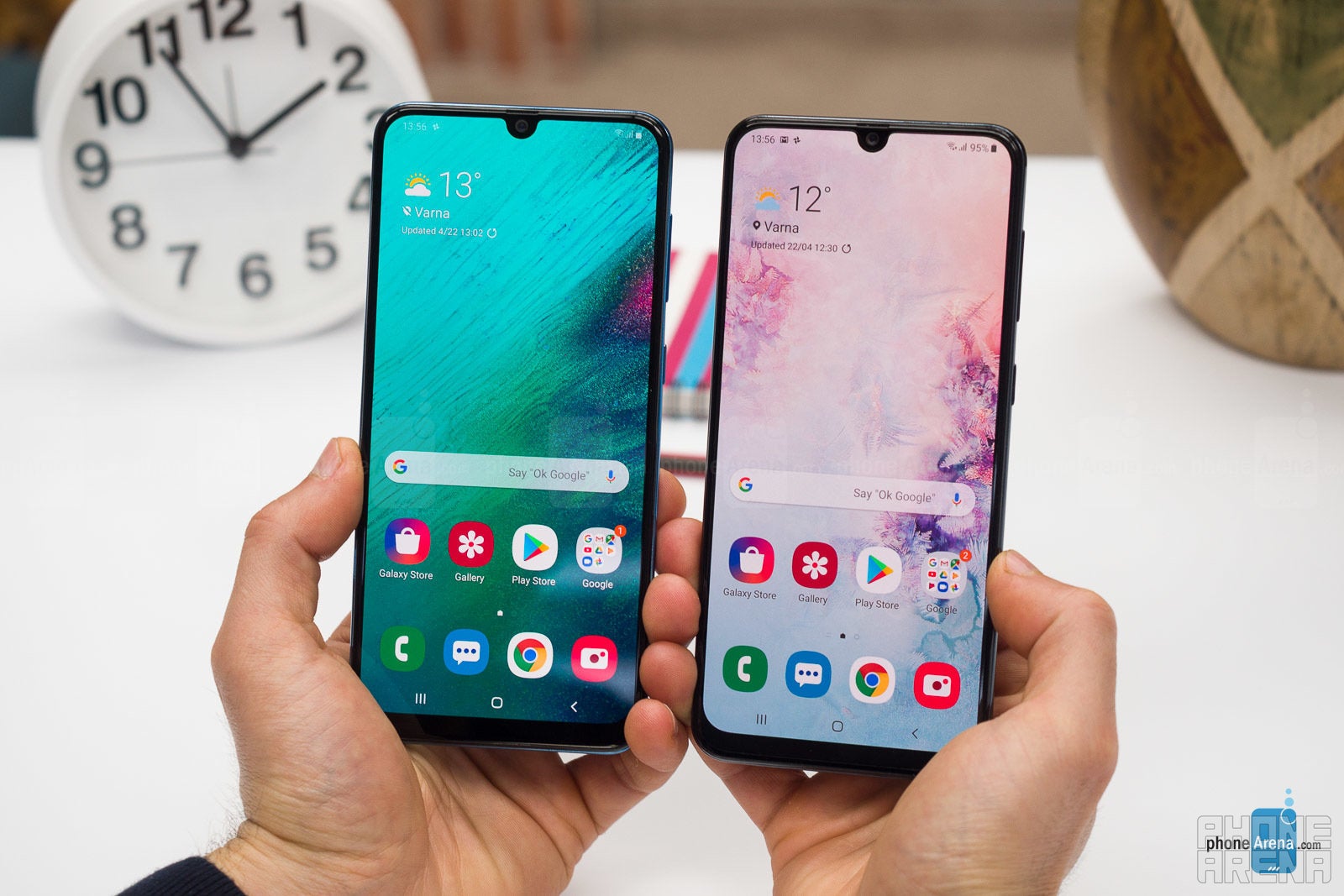
Look closer, though, and you will notice that the back of these two phones is not glass (it does appear like it), but is instead plastic. We were extremely careful handling these phones yet despite all the care, the Galaxy A50 that we used without a case quickly gathered a few scratches and microabrasions, so we are not sure how well these phones will age if you use them without a case.
For all else, if you ignore the obvious differences like the extra camera on the A50 and the rear-positioned fingerprint scanner on the A30, these two look identical: the dimensions of the phones are the same, and the design is pretty much also the same.
We ought to mention that one feature that many modern-day flagship phones are missing – the good old headphone jack – is here on both phones, so you don’t need any clunky dongles.
What is missing is any form of special water protection, so while we would not be worried to get a drop or two of water on them, we would still keep them in a safe and dry place at those summer pool-side parties.
Display
Gorgeous AMOLED screens!
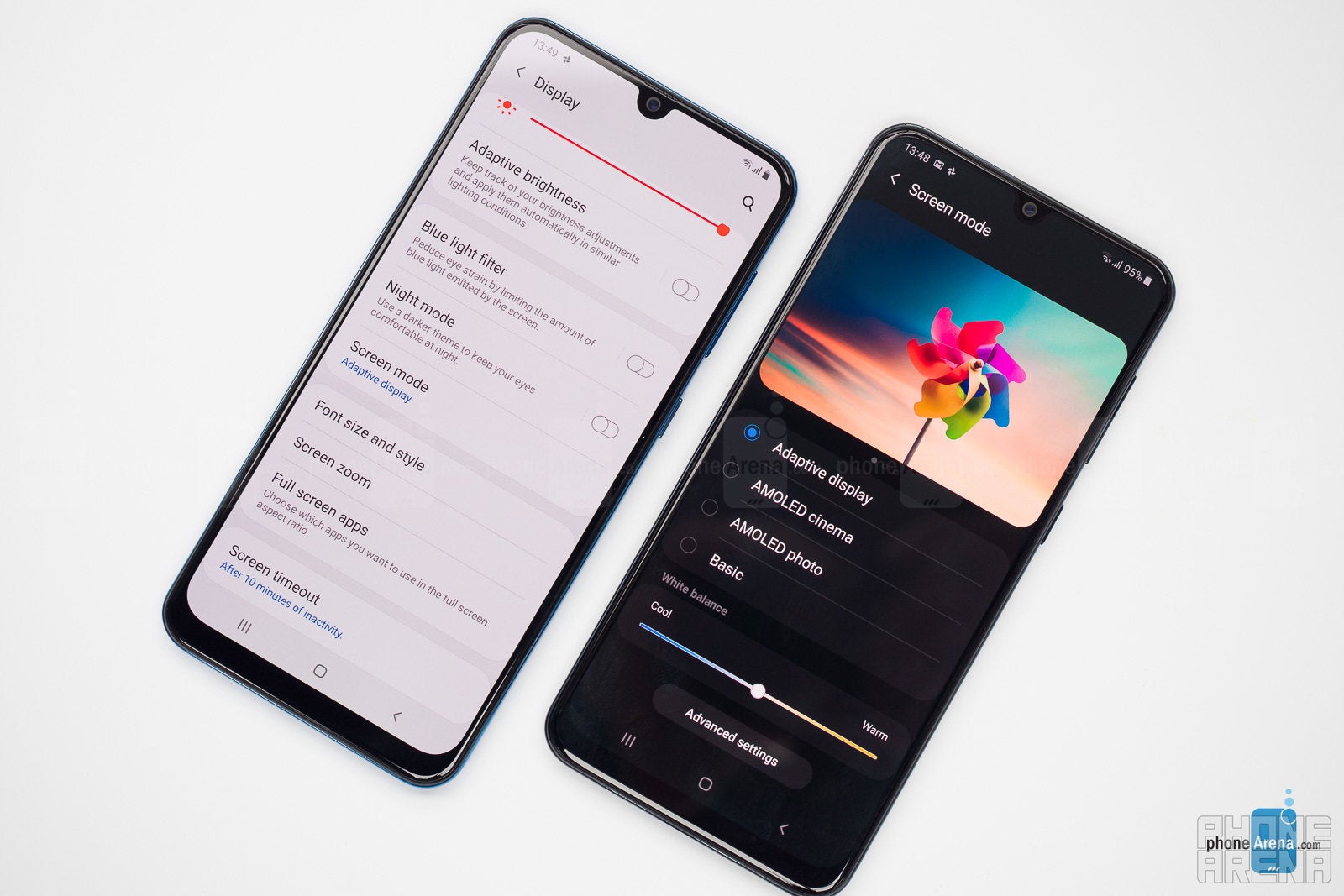
If we had to pick just one favorite feature in Samsung phones, this would without a doubt be the screen. And the Galaxy A50 and Galaxy A30 are no exception: both devices come equipped with the same 6.4-inch 1080 x 2340-pixel Super AMOLED display protected with Gorilla Glass 3. These screens are an absolute joy to have: they are sharp, they come with rich, vibrant colors, they get plenty bright (the brightness is not quite as record-breaking as on the S10 series, but still good enough for comfortable outdoor use), and they just look good!
Fingerprint Scanner
The optical in-screen fingerprint scanner in the pricier A50 feels more like an inconvenience than an upgrade
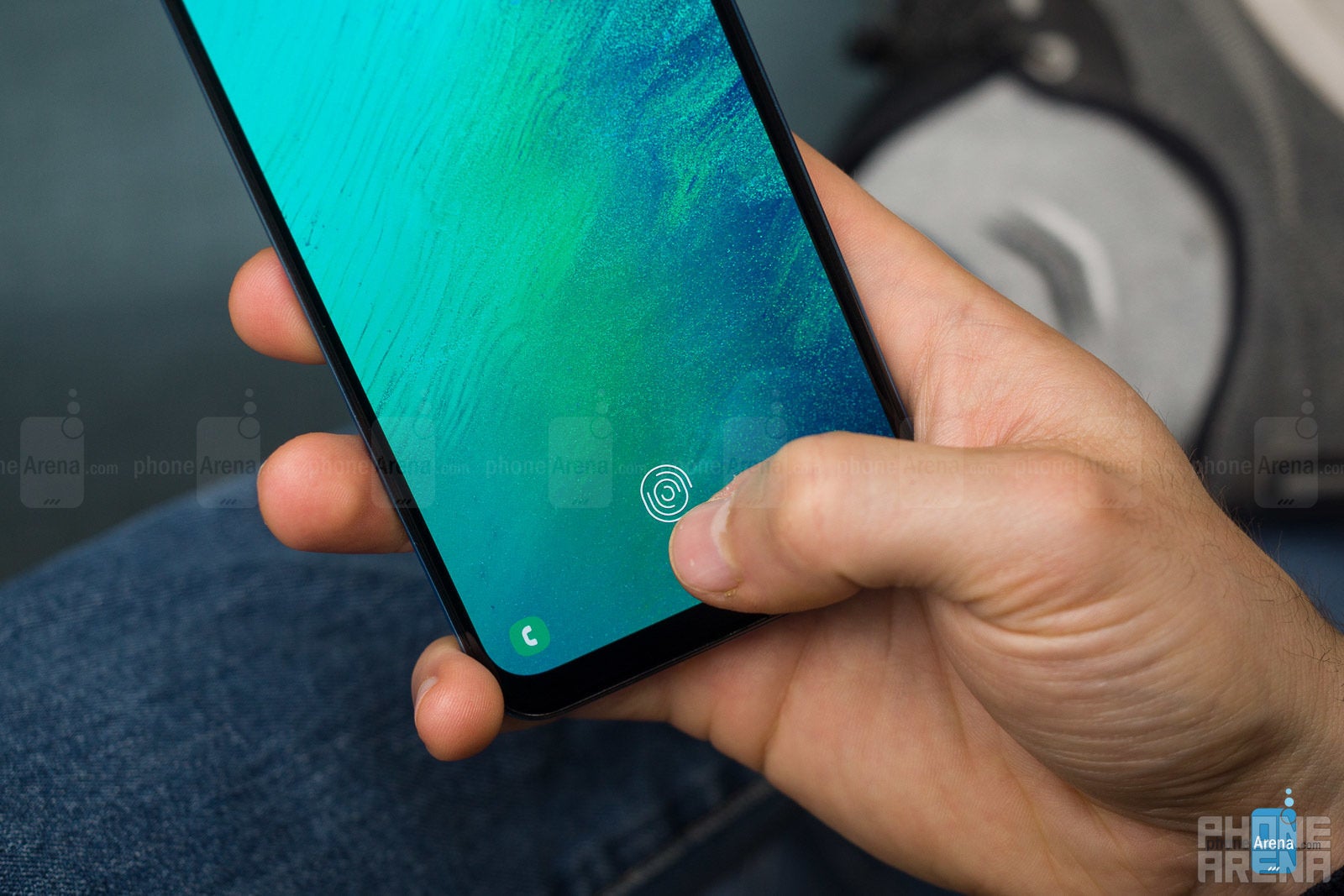
One of the major differences between the Galaxy A50 and the more affordable A30 is the fingerprint scanner. The A50 comes equipped with a fingerprint scanner embedded under the screen, while the A30 features a traditional fingerprint reader on the back. The fingerprint on the A50 is not the same ultrasonic reader as on the flagship S10 series, but instead it uses optical technology, similarly to what you get on, say, the OnePlus 6T.
There are definitely benefits to having the fingerprint scanner on the front: it’s a much more natural position and you don’t need to lift up the phone to unlock it, but this particular fingerprint reader on the A50 feels like a disappointment.
In comparison, the traditional fingerprint reader on the back of the A30 works every time and it feels both more reliable and faster. Out of these two, we would take the reliability over the modernism any day.
Interface
Samsung One UI does not look that bad
Both the A50 and the A30 are powered by Samsung’s latest One UI version 1.1 based on top of Android 9 Pie.
This is the same software that you get on the flagship Galaxy S10 series, and we don’t need to repeat ourselves: it feels less cluttered than previous TouchWiz versions, it comes with settings that are easier to navigate and with a few useful new features like a Night mode (turns white backdrops in the interface to black for more comfortable use at night) and little conveniences like menus that are easier to reach with a single hand. Yes, the icons and the overall styling still appear a bit childish, but overall, we are left with positive impressions.
And yes, Bixby is also here. It does not have a dedicated physical key (thankfully!), but you can bring it up by either going to the Bixby Home home screen panel or by long-pressing the power button (you have to enable this option first in settings).
Processor, Performance and Memory
Neither feels fast or smooth, and it’s Samsung’s fault
Both the A50 and the A30 are powered by octa-core Samsung-made Exynos chips, but there is a tangible difference in the actual performance.
The big takeaway that we want to start with here is that neither of these two phones feels fast or smooth, but the A30 specifically often feels a bit sluggish. You commonly see dropped frames, animations are not as smooth as on many other phones and so on. For us, this is one of the major downsides of affordable Samsung phones, and these ones are no exception. This is not something that we blame on the chip, but more so on the Samsung One UI.
The Galaxy A30 comes with the Exynos 7 Octa 7904 with 4GB of RAM, and it’s about 50% slower.
Graphics performance is also about twice better on the A50, so if gaming is a concern… well, neither one is a great choice, but out of the two the A50 is definitely the one you should go with.
Take a look at the performance benchmark scores right below:
There is one more big difference between these two phones and it’s in the amount of on-board storage. You have a generous 128GB of on-board storage on the A50, while the A30 has half that at 64 gigs of storage. Both phones also support microSD cards for memory expansion, should you need more storage in the future.
Camera
Both are okay, no huge differences between the two
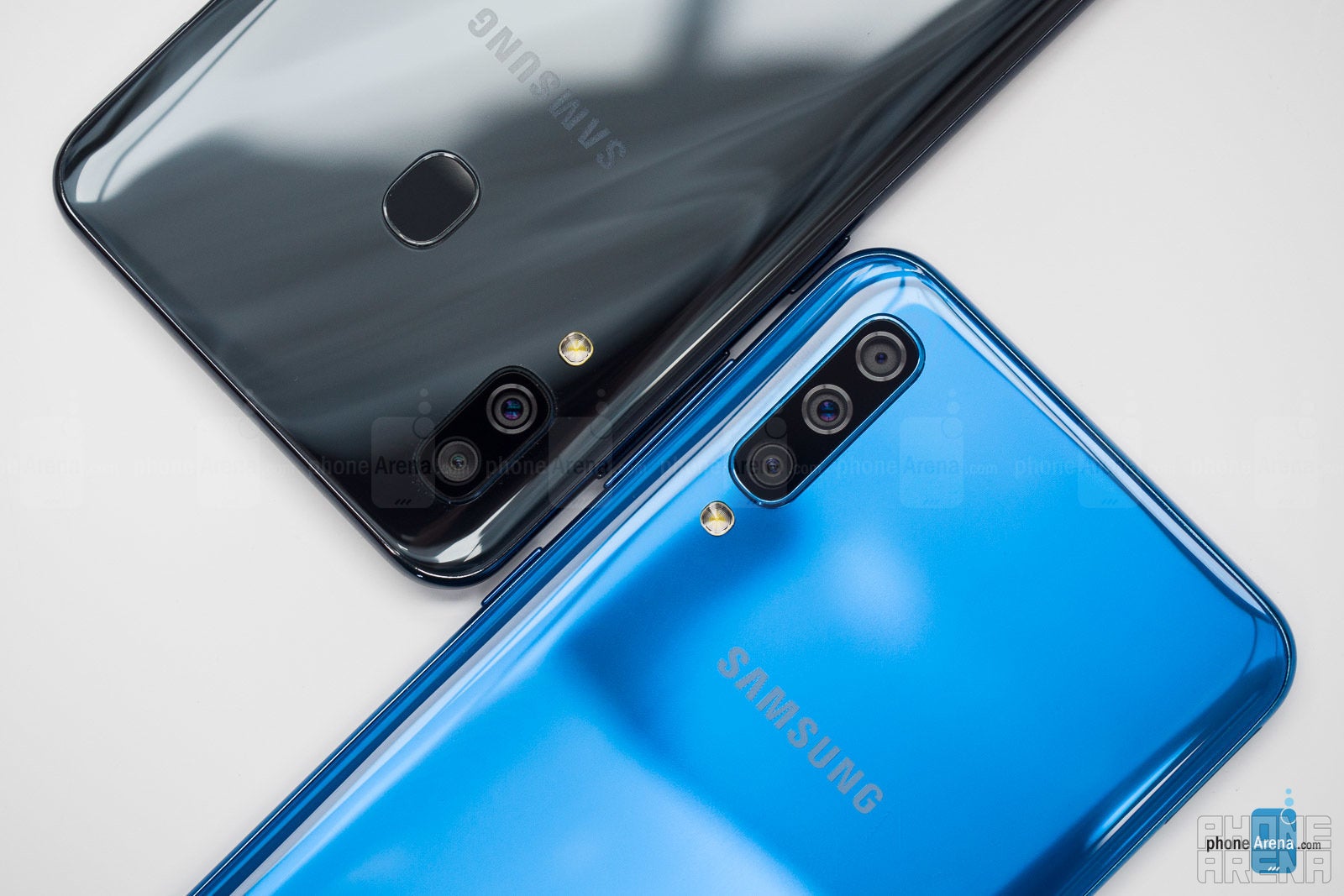
Let’s get this out of the way: while technically you get a triple camera on the A50 and a dual camera on the A30, there is not a huge difference in terms of actual camera performance between these phones.
Rear Cameras: 25MP f/1.7 main + 8MP f/2.2 ultra-wide + 5MP depth
Front Cameras: 25MP
On the Galaxy A30, you have slightly lower resolution and you don’t get the depth camera sensor (but you still have the Live Focus “portrait” mode):
Rear Cameras: 16MP f/1.7 main + 5MP f/2.2 ultra-wide
Front Cameras: 16MP
Both support the excellent Samsung camera app that you can quickly and conveniently start with a double press on the power button.
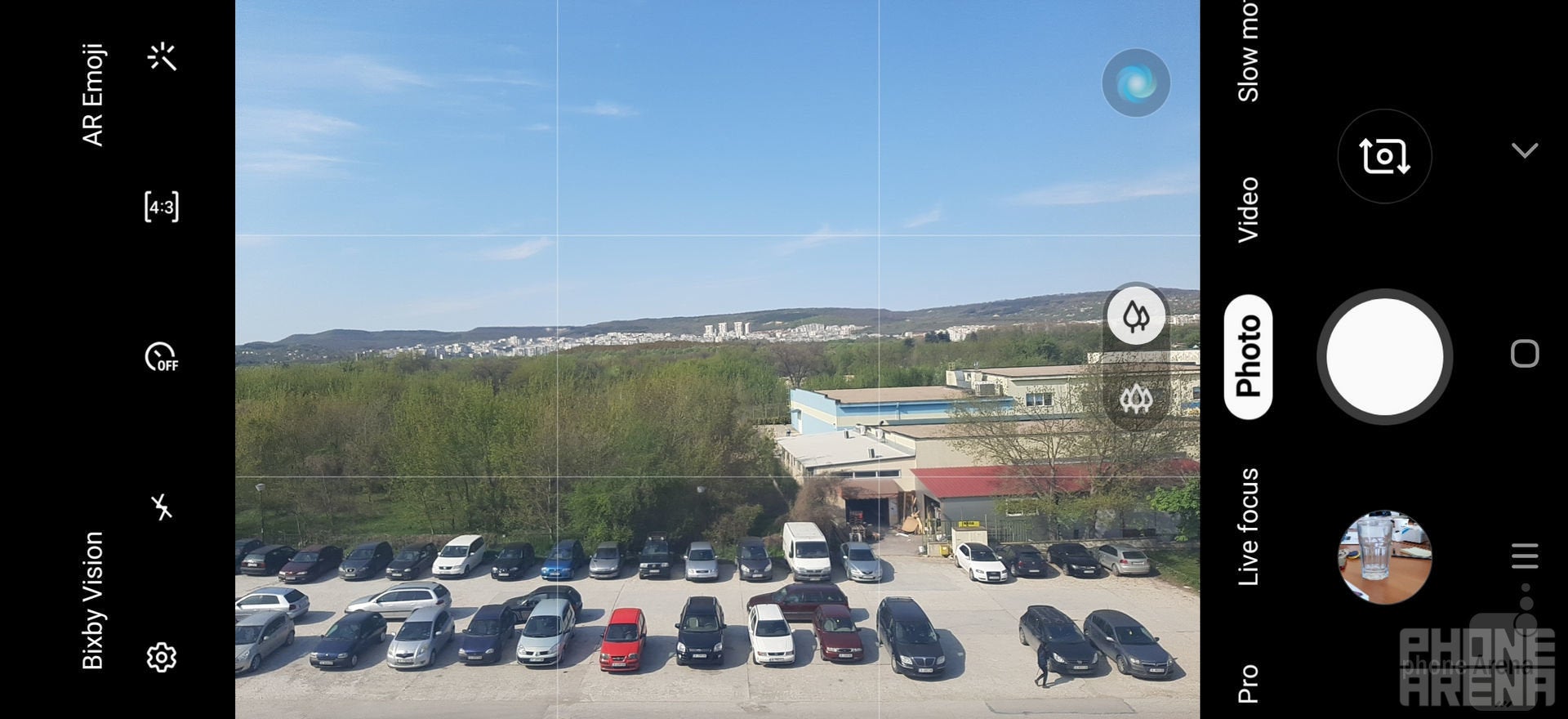
Image Quality
So… how do images actually turn out?
Daylight quality is quite decent on both phones: the holy grail of good smartphone photos are the great colors and Samsung does a good job in that regard with lively, pleasing colors. The difference between the A50 and A30 seems to boil down mostly to the amount of detail: the A50 captures the more detailed photos, while the A30 lacks a bit in that regard.
The ultra-wide angle camera is a useful addition when you have plentiful light. The quality is definitely not as good as with the main camera: you have less detail and distortion around the edges, but in exchange, you can capture some interesting perspectives and shoot in tight spaces.
And as to the ultra-wide camera at night: you’d be better off not using it at all. It is just incapable to deal well with low-light scenes and photo quality is barely even usable.
At night, photo quality expectedly goes much worse and with no dedicated Night Mode to help, the photos turn out mediocre. Again, the main difference between the two is the amount of detail captured, with the Galaxy A50 having the advantage, but the interesting thing is that the actual colors and dynamic range are nearly identical.
Video quality
On the video side, both the A50 and A30 can record with both the main cameras or ultra-wide angle cameras, which is a nice extra. Video recordings max out at 1080p video at 30 frames per second, but the bigger limitation is that you cannot switch between the two cameras, so once you start recording with the main camera, for instance, you cannot switch to the ultra wide one midway.
In terms of quality, you get a better video stabilization on the A50, while on the A30 videos turn out very shaky and jittery. The continuous auto-focus is also faster and more reliable on the A50.
Still, we find that compared to alternatives, the video quality you get is inferior: the Nokia 7.1 for example is perfectly capable of recording 4K video, and so is the popular Pocophone F1.


Sound Quality
Disappointing loudspeaker quality
On both the A50 and the A30 you get a single bottom-firing loudspeaker.
Overall, both phones do not get a very good quality out of that loudspeaker. The A50 is the slightly louder one, but the sound on both lacks any form of depth and is very, very tinny, piercing the ears as you listen. Again, we don’t have sky-high expectations, but sound quality via the loudspeaker was still a disappointment.
Call Quality
On a more positive note, we did not have much of an issue with the in-call speaker on these phones. The earpiece is located right above the front camera and you get a sufficient amount of volume and a decent amount of clarity during calls. On the other end of the line, there are no major issues as well, and your callers will be able to hear you clear enough. Of course, more premium phones with support for modern technologies like voice-over-LTE will deliver a noticeable clearer sound, but we don’t expect such features in affordable phones just yet.
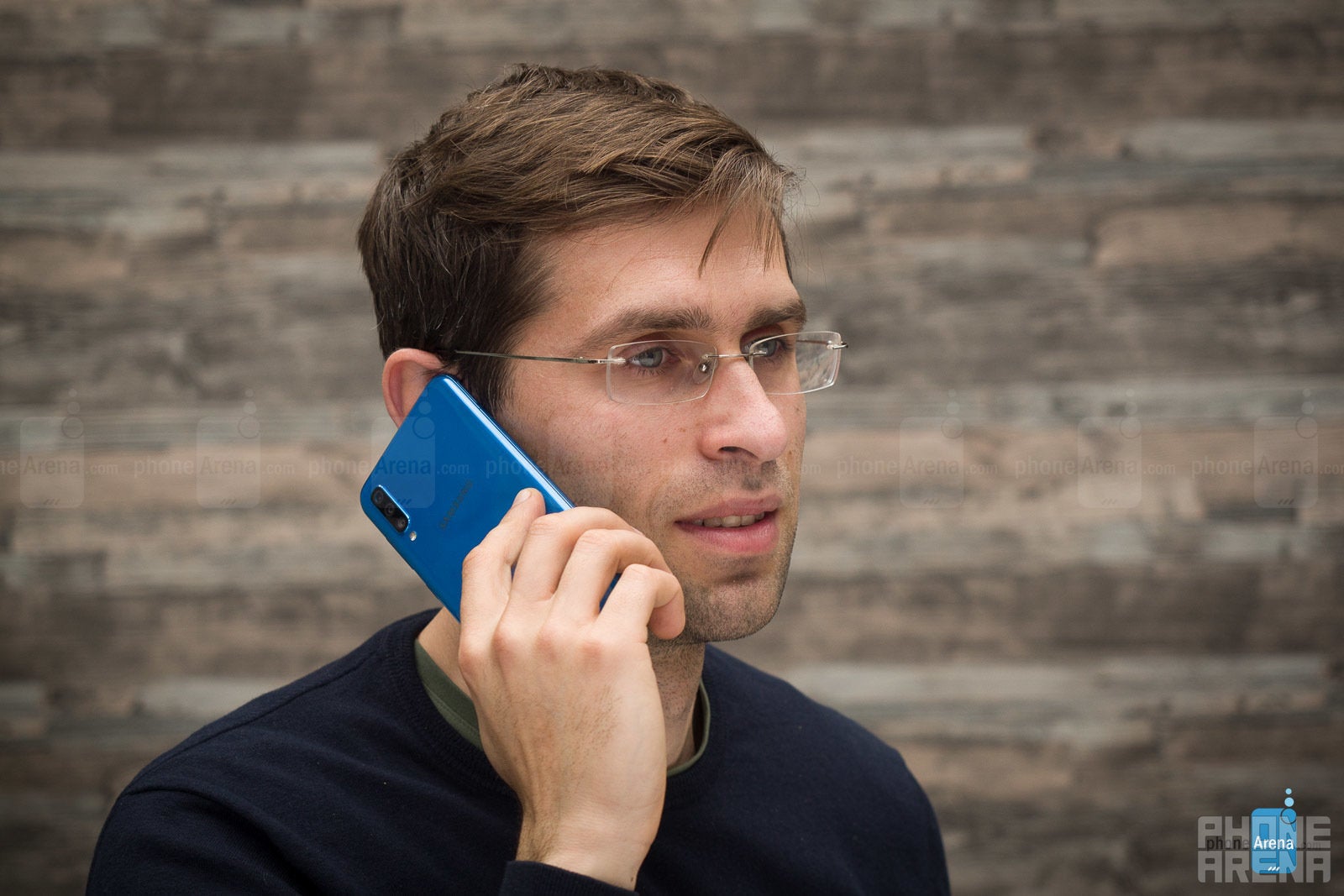
Battery life
Solid battery performance
Both the A50 and the A30 come with an equally sized 4,000mAh battery on board.
And they both last a long time.
The two scored great on our proprietary battery test. With results close to the 11 hour mark, the A50 and A30 actually outlast most current-day flagships by a good margin. In real life, you will be able to get through even the longest days on a single charge with no issues and with moderate use you should get a good two days between charges. Excellent!
You also have support for quick charging on board. The chargers that come in the box with both phones output a maximum of 15 watts and it takes around an hour and 40 minutes to recharge the phones with them. Just as you’d expect in 2019, both new A series come with a USB-C port.
Conclusion
So… let’s sum things up.
The Galaxy A50 and the Galaxy A30 actually differ a great deal in terms of price. In the United States, you can find both these phones unlocked over at B&H, and the Galaxy A50 costs $300, while the A30 rocks a price of $230. In Europe and the rest of the world, the price delta between the two is bigger: the A50 costs 350 euro in Europe, while the A30 sells for just around 200 euro.
Is it worth paying so much money for the A50 considering that the differences from the A30 are not that huge? Well, let’s take a look: the difference in photo and video quality is there, but it is subtle, both phones do not feel fast, but the A30 often feels a bit sluggish, which is annoying, and finally, in terms of screen quality and battery life we found practically no differences. And we like the traditional fingerprint on the A30 more than the not so reliable in-screen fingerprint on the A50.
So should you buy any of these over the Moto G7s and the other affordable phone contenders? Despite the few downsides, we think that the new A series have mostly nailed it, especially the A30.
PhoneArena Rating:
Samsung Galaxy A50: 8.0/10 | Samsung Galaxy A30: 8.3/10
Update: You can now read our Galaxy A51 review!
Follow us on Google News


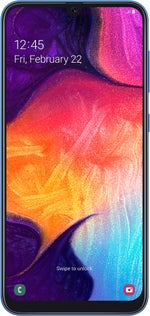
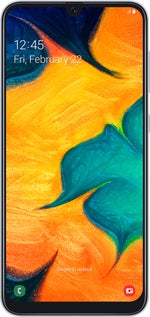


























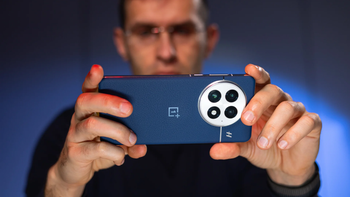



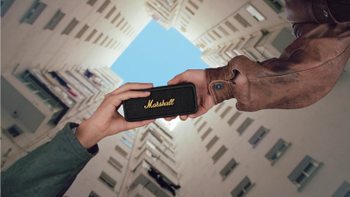


Things that are NOT allowed:
To help keep our community safe and free from spam, we apply temporary limits to newly created accounts: